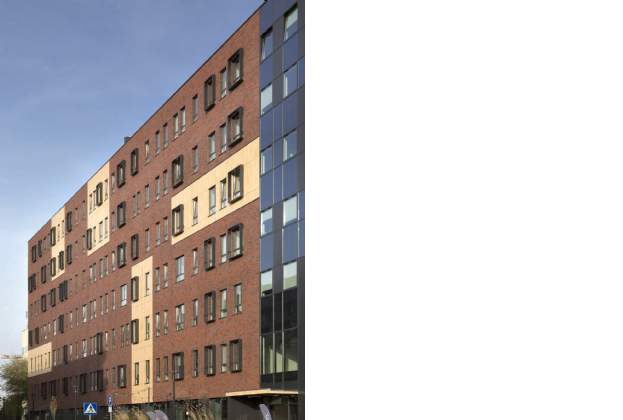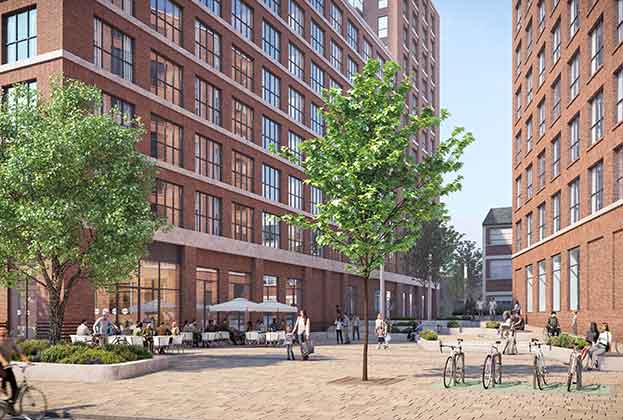The senior living sector in the UK has to date been favoured by long-term investors such as insurance companies and pension funds who are willing to take long-term operational risk. However, we are now seeing a host of new buyers entering the market with Real Estate Investment Trusts (REITs) institutional investors and Private Equity (PE) funds all starting to pursue opportunities in the sector, predominantly due to the rise of rental operational models and the emergence of models that offer a continuum of care – both of which provide income earlier following the development phase.
The stable, long-term returns offered by existing and new models are underpinned by global demographic tailwinds as the baby boomer generation enters retirement age, presenting an appealing proposition for investors.
The evolution of existing operating models and the emergence of new formats in the senior living sector provides opportunities that are better suited to different types of return profiles. For example, the rental model has become increasingly popular with REITs that require cash flow, and PE funds that have shorter fund lives and therefore cannot capitalise on the stable future cashflows achieved in a Deferred Management Fee (DMF) model, as a typical DMF scheme takes circa seven years to stabilise. This shift towards rental models is a reflection of a broader trend in the market, and, as operators focus more on service provision and care services, the sector will continue to be institutionalised, attracting a broader investor pool.
Many of the global equity sources now targeting UK senior living have experience investing in the sector in other mature markets such as the US, but have not been able to access the UK market until recently. Others are new to senior living but have experience investing in other operational real estate sectors, such as Multifamily and Student Accommodation.
For example, Pension Insurance Corporation (PIC), which has been active in the UK Multifamily market, invested £200 million into UK retirement villages with Octopus Real Estate last year. While on a global scale the UK may seem like a small senior housing market against the US or Australia, when compared to the rest of Europe, the UK actually made up 20 per cent of investment into senior housing in 2022, making it a compelling geographical pick for new capital.
The evolution of the UK senor living market is following a similar trend to the US. In the 2000s the rental model in the US was starting to become mainstream and the focus shifted to high-quality service provision and care, resulting in the senior housing sector seeing a similar diversification of capital and increase in investment appetite. As the product became more institutionalised, so did the investor base, and we are currently at a comparable point in the UK – the Inflection Point.
However, despite increased investor appetite for the sector, there remain significant barriers to entry. The market is still largely development-led, which doesn’t suit all investor’s risk profiles, and finding scalable operating partners is also a challenge, albeit this is evolving as more qualified operators enter the space.
In addition to increase in investor demand, appetite in the debt markets for senior living is also strong with substantial demand from lenders looking to fund the development of senior living schemes. While up until a year or so ago only a selected number of lenders were active in this space, we have seen a considerable increase in appetite from lenders that were traditionally more active in other 'Living' sectors such as build to rent (Multifamily) and Purpose Build Student Accommodation.
The increase in underlying interest rates has enabled non-banks to be much more competitive in development finance in this space, offering considerably more leverage for a relatively modest increase in pricing, helping to drive equity returns. The types of lenders active in this space include banks, insurance companies, debt funds and specialist debt funds with hybrid capital.
Looking forward, as the Senior Living market continues to be institutionalised, the sector will remain a key focus for investors, both equity and debt, seeking to generate stable, long-term returns, underpinned by a widening supply and demand imbalance and a wealthy ageing demographic wanting an aspirational product to live in. The growth in operating models that better align with investment strategies for capital that previously couldn’t access the sector will also be a vital factor in its continued evolution.
Further information
Contact Caryn Donahue or Charlie Bottomley


.jpg)


.jpg)

.jpg)
.jpg)
.jpg)
